Now that the CHART programme is coming to an end for this season, and it looks like 300 plus fish will have been tagged its time to take stock of where we are with this fishery. An incredible amount of data about bluefins has now been collected, not just through the tagging but in terms of sightings, experiences in fishing for them, the gear we need and their observed behavour. Some received wisdom has been junked and new theories abound about how these fish feed and move around.
The good news is the mortality rate appears to be very low, much lower than we anticipated when the programme was originally discussed. This is a testament to the fast learning skills of the skipper and crews.
What does all this mean for 2022 and beyond. Since we realised we had a UK quota Defra have, quite rightly, been pretty cautious in their approach to bluefins. Anglers are still not allowed to target them unless they are fishing on a licensed charter boat taking part in either the Thunnus or CHART tagging programmes both of which, I would anticipate, will continue into next year. But there is one critical development which will affect the future and this is the downgrading of bluefin tuna from endangered to “of least concern” by the IUCN just after the current programme started. This is a reflection of the number seen both here in the UK and beyond.
There seems to me that there is no need for what is called “the precautionary principle” to be applied to these fish because the stock is apparently healthy. The fact we have a low (apparent) mortality rate over the last three months means the skippers and anglers have taken on board advice from the pre-programme workshops and have learned how to handle the fish safely. The result is we have the potential for a sustainable and vibrant fishery here in the UK – which is exactly what we as anglers wanted.
For me it’s important that DEFRA need to look further than one year ahead and plan for the long term. In addition, they need to resist, for now, the siren voices of the commercial fishing lobby who predictably want a slice of the 50 tonne quota. Their view, which is legitimate, why shouldn’t they exploit the stock too, The difference is of course recreational anglers won’t be killing fish, just catching them for sport and the secondary income generated for the Cornish economy by recreational anglers coming to catch bluefins will be significant.
There are inherent dangers to opening the fishery to commercial concerns too early – before we really know enough about the stock. However, if the stock stays healthy here is no reason why, at some stage in the future, CORNISH BLUEFIN tuna couldn’t be a premium menu item in Cornish restaurants (and beyond).
My view is that next year DEFRA should sanction a recreational fishery that is open to anyone who has taken part in training, it’s not about jumping in a boat and rushing out to fish, chucking out lures or live-baits. There is a little bit more to it than that. You have to have the right gear, boat size and know the right techniques for targeting, catching, boating, and recovering the fish. These are big wild animals and need to be treated with respect by anglers. Having felt the power of a 200lb fish I can vouch they are not to be messed with otherwise they’ll really mess with your head.
On the rod!
On my fifth trip I was told I was first on the rod, I was quite nervous. I’d seen people fight these fish at first hand and could see the physical and mental effort which goes into it. Was I up to it? Well it turned out I was and got mine in in 20 minutes or so but although it wasn’t easy – the power of these fish is unbelievable.
The technique for fighting the fish is crucial you really have to take on board the advice of the skippers’ instructions to make sure you use the right harness, set up correctly and make sure.
Privateers and consultations
While we were out on these trips we saw at least 20 “privateers’ out illegally fishing for tuna – they were ignoring the regulations and, in some cases, fishing with inappropriate gear or boats. To mitigate this, we need to create a system of licensing which allowed people with appropriate training into targeting the fish while they’re here in our waters.
There is a post CHART consultation coming up which will assess the programme and hopefully look at the wider issue. Following this process I believe we need to set up a bluefin body which can facilitate licenses as a recognised body but separate from CEEFA and DEFRA.
The road to where we are now has been long and difficult and has need a lot of collaboration, negotiation, compromise and co-operation between anglers, scientists and officials but it’s crucial we maintain this partnership going forward and that we nurture this fishery because it could be the jewel in the crown of UK recreational sea angling and we all need to make the most of it while protecting the stock.
To conclude, let’s not forget….
It is a fundamental principle that recreational anglers should be permitted to fish for a species UNLESS there are compelling reasons to prohibit that. In the case of UK Atlantic bluefins there are NOT.
CHART has shown that:
- BFT are here in numbers, a RLRF is viable.
- Skippers/anglers are CAPABLE of good CPUE rates, with good welfare outcomes.
- The fishery is an optimal, sustainable use of a natural capital asset.
And crucially:
- There IS demand for such a fishery from anglers – we know this because 800 have already been in the CHART programme and many of the boats are booked up for 2022 already!
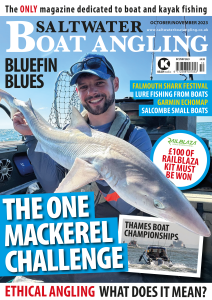


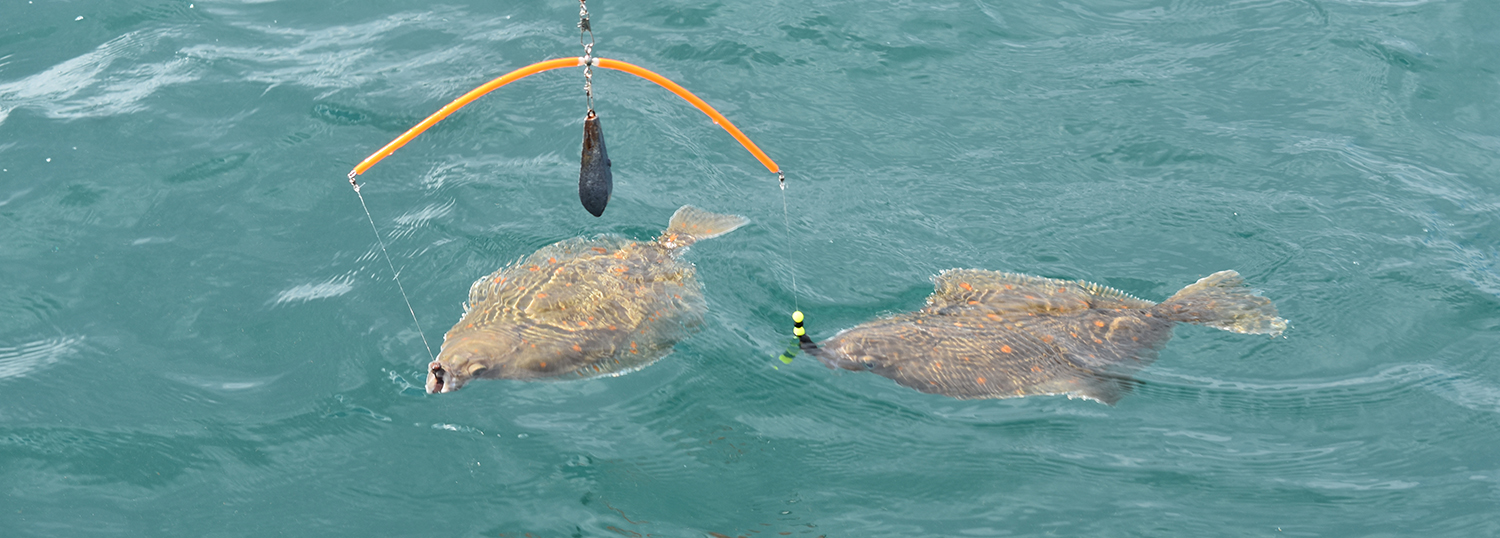

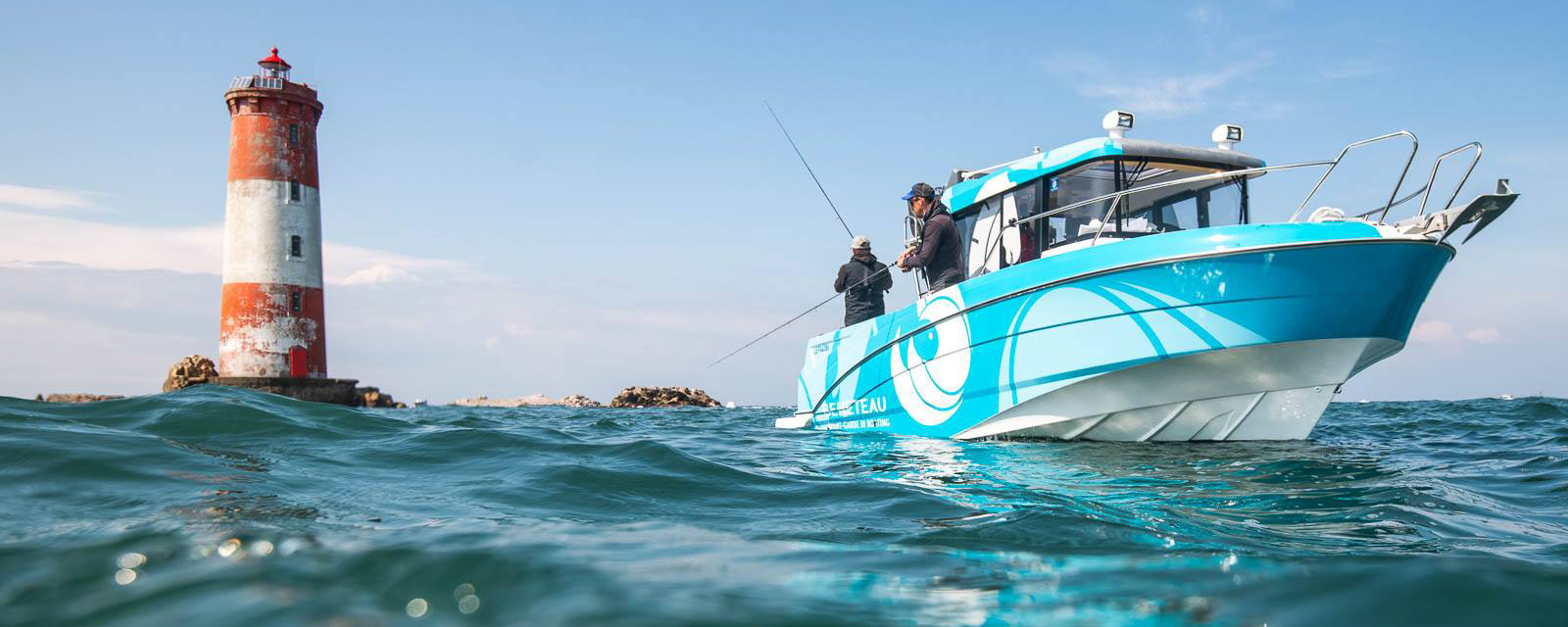


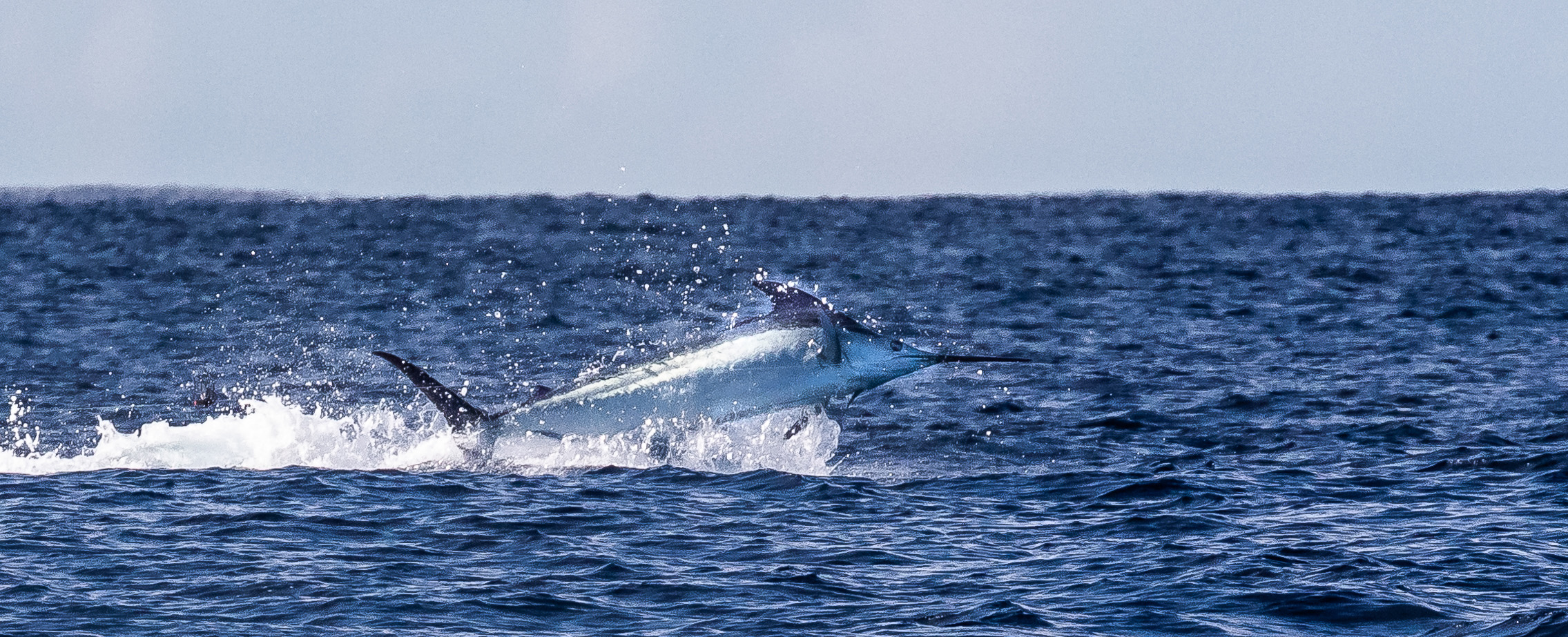
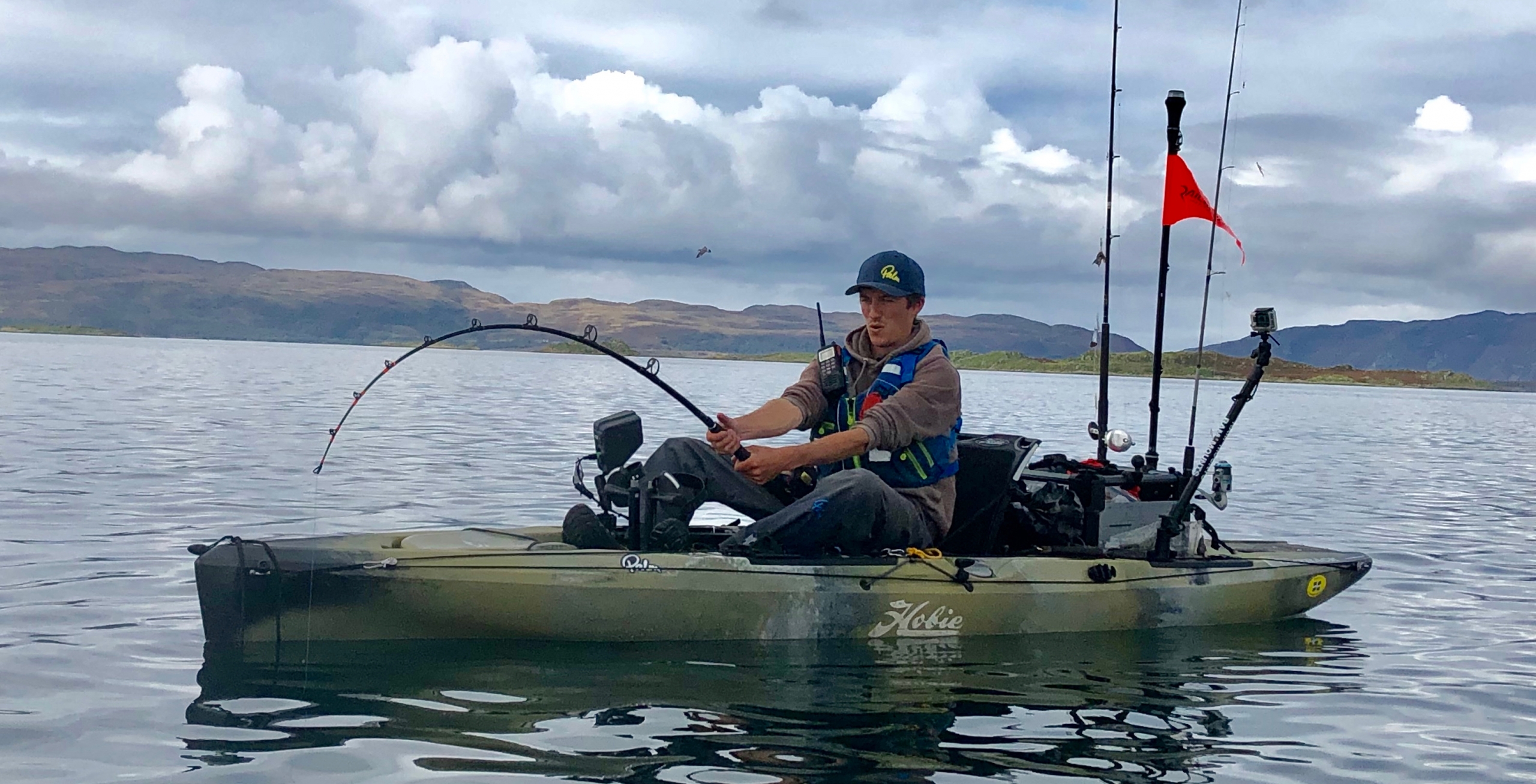


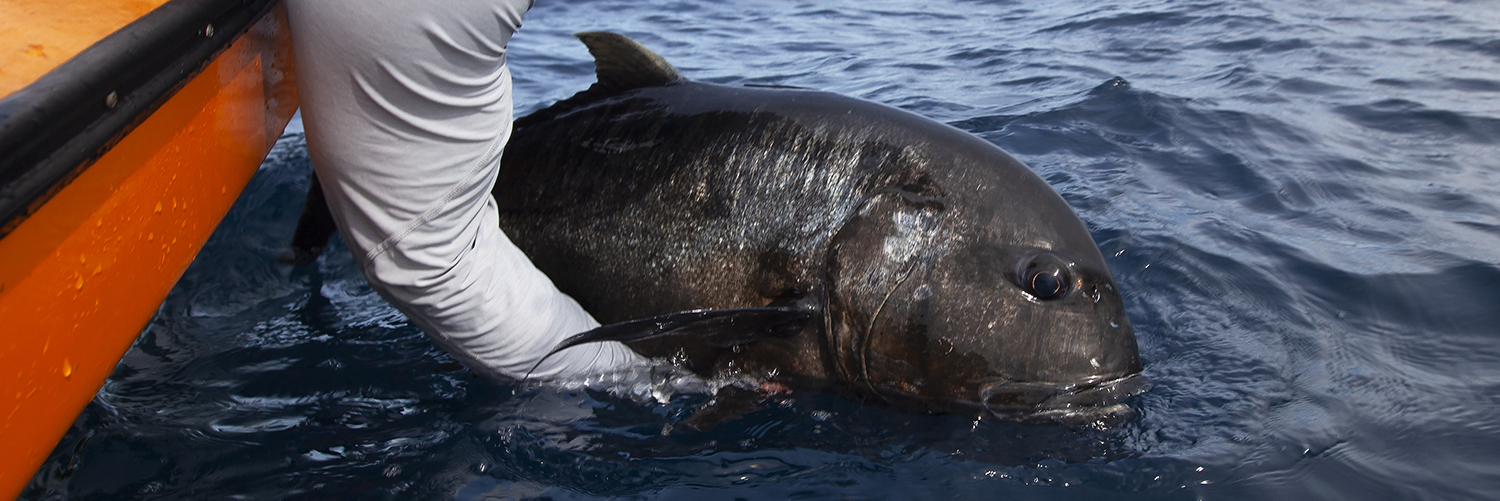
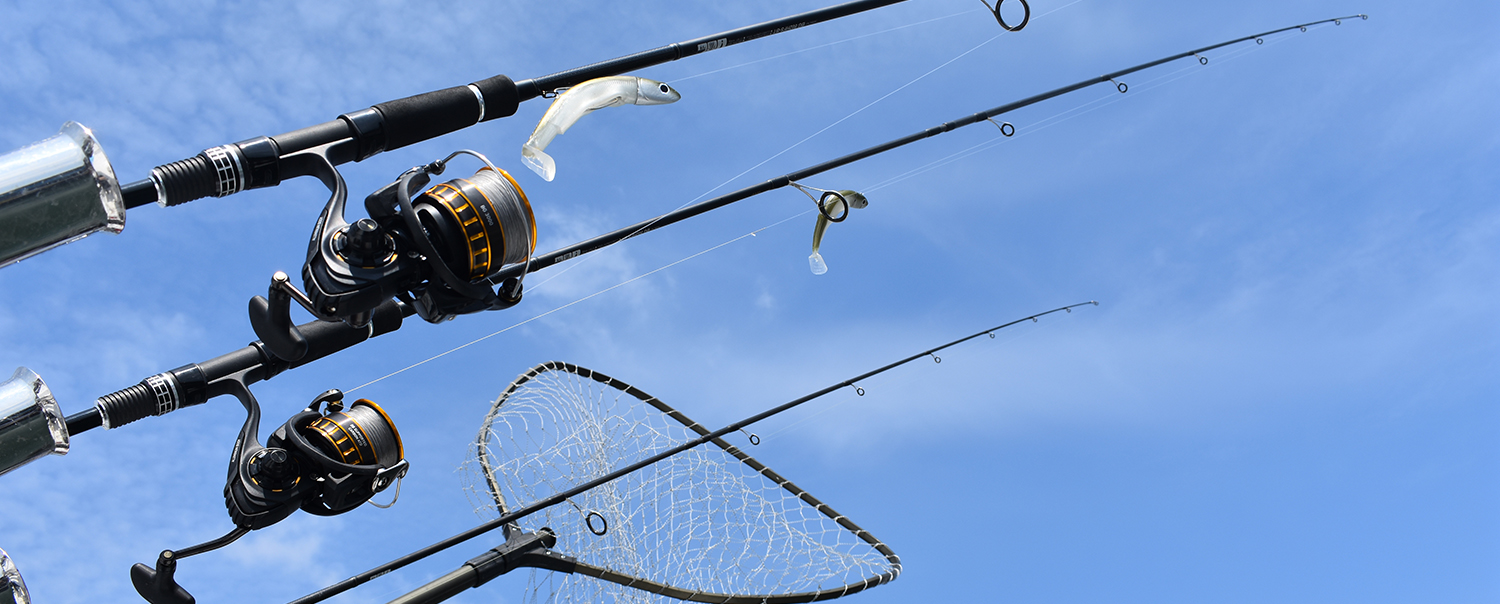
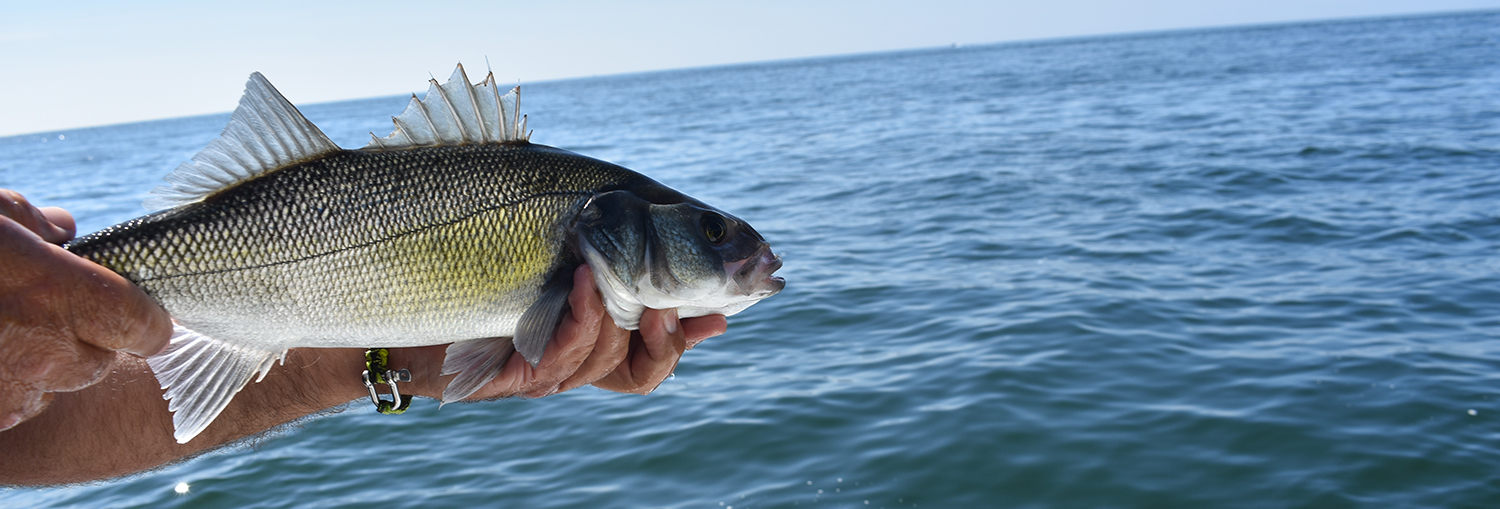


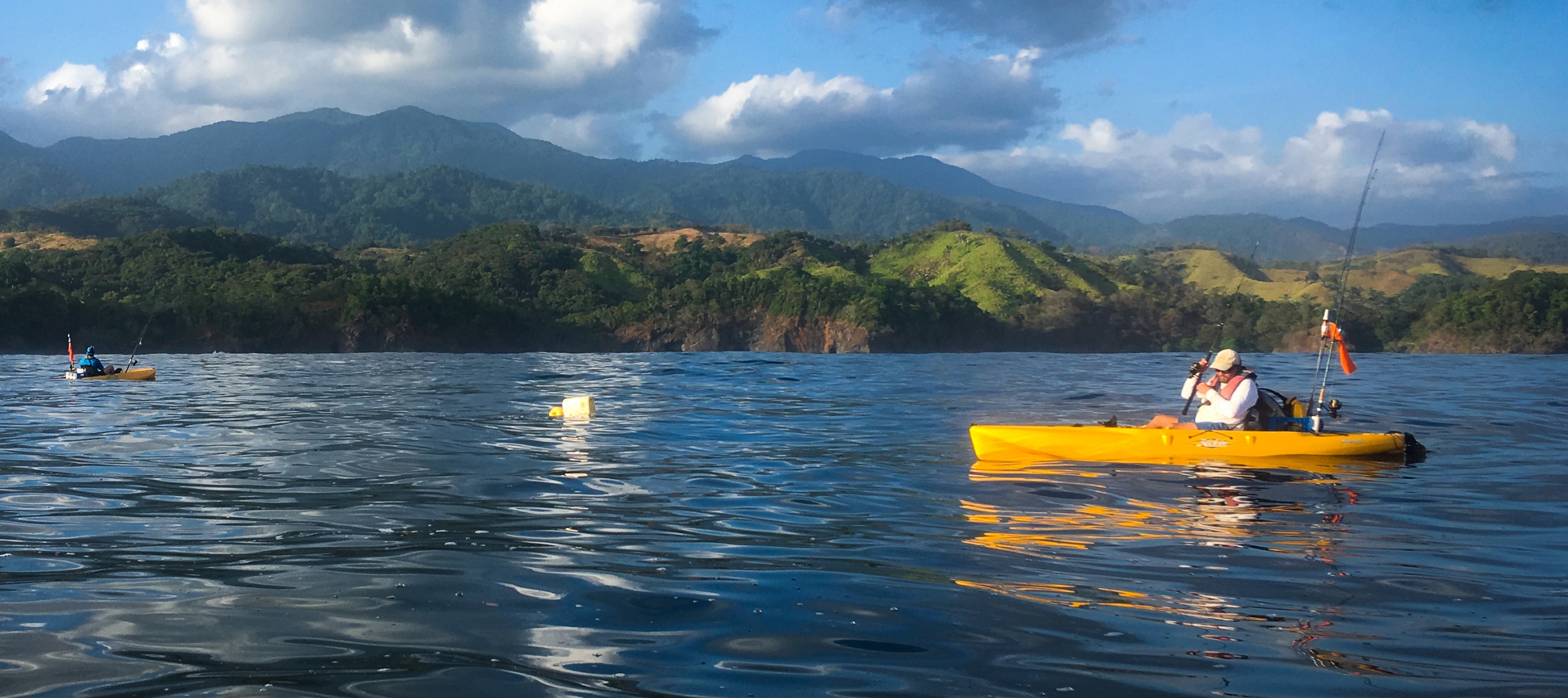
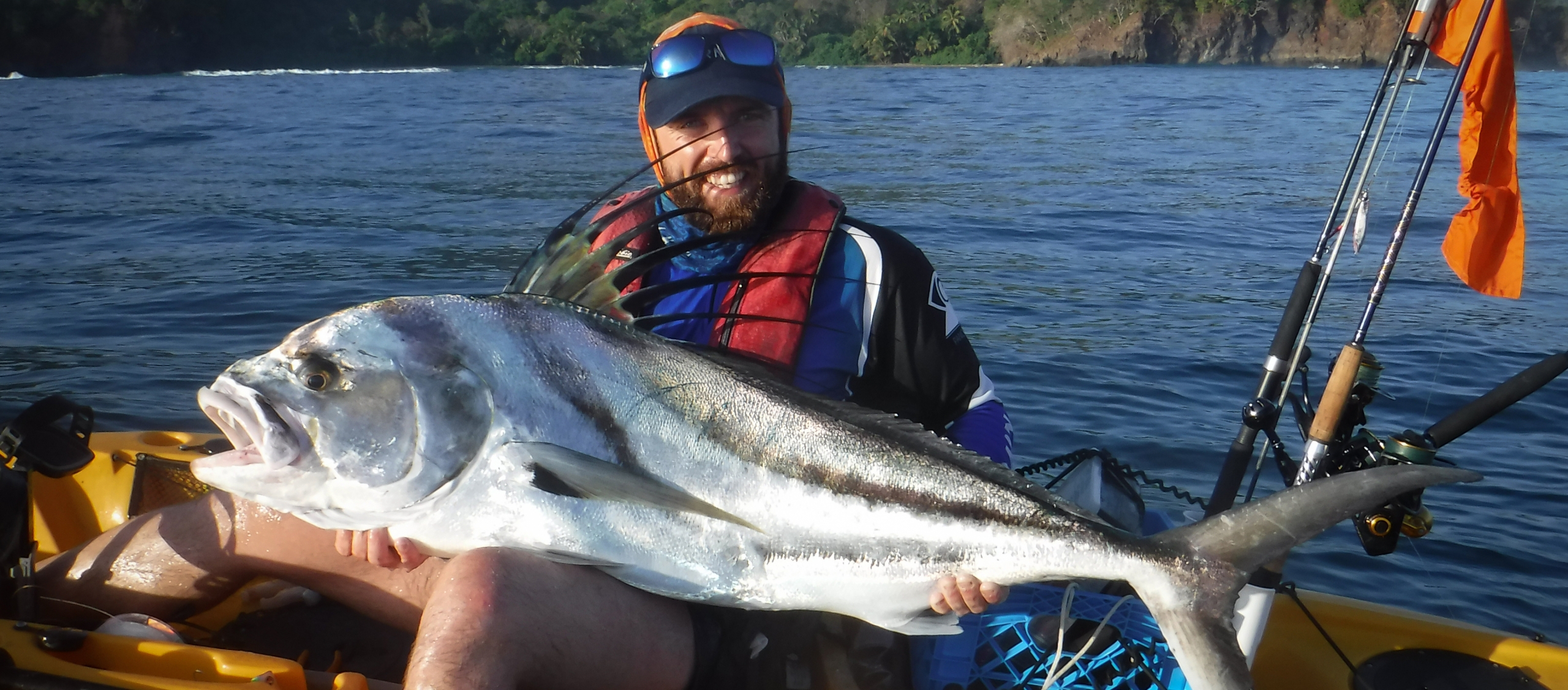
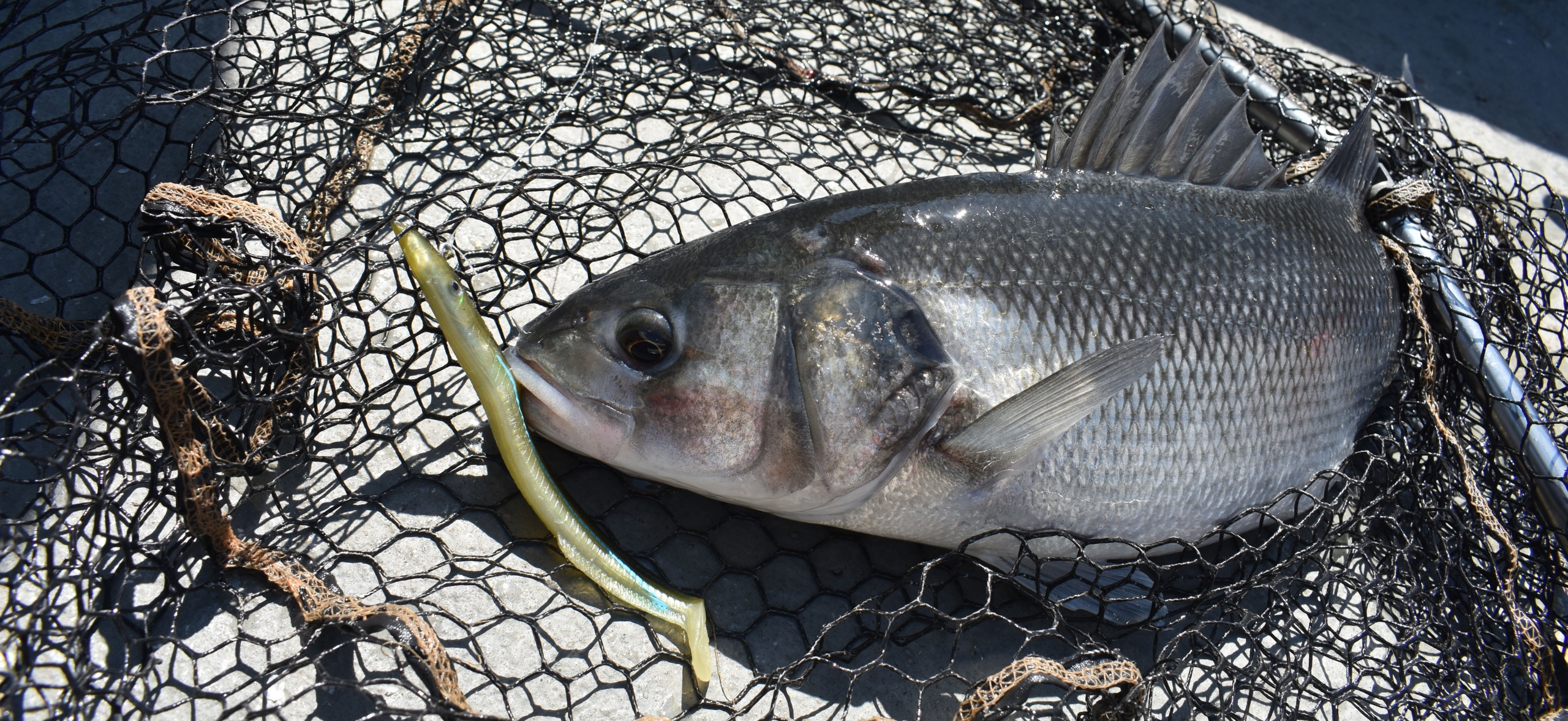
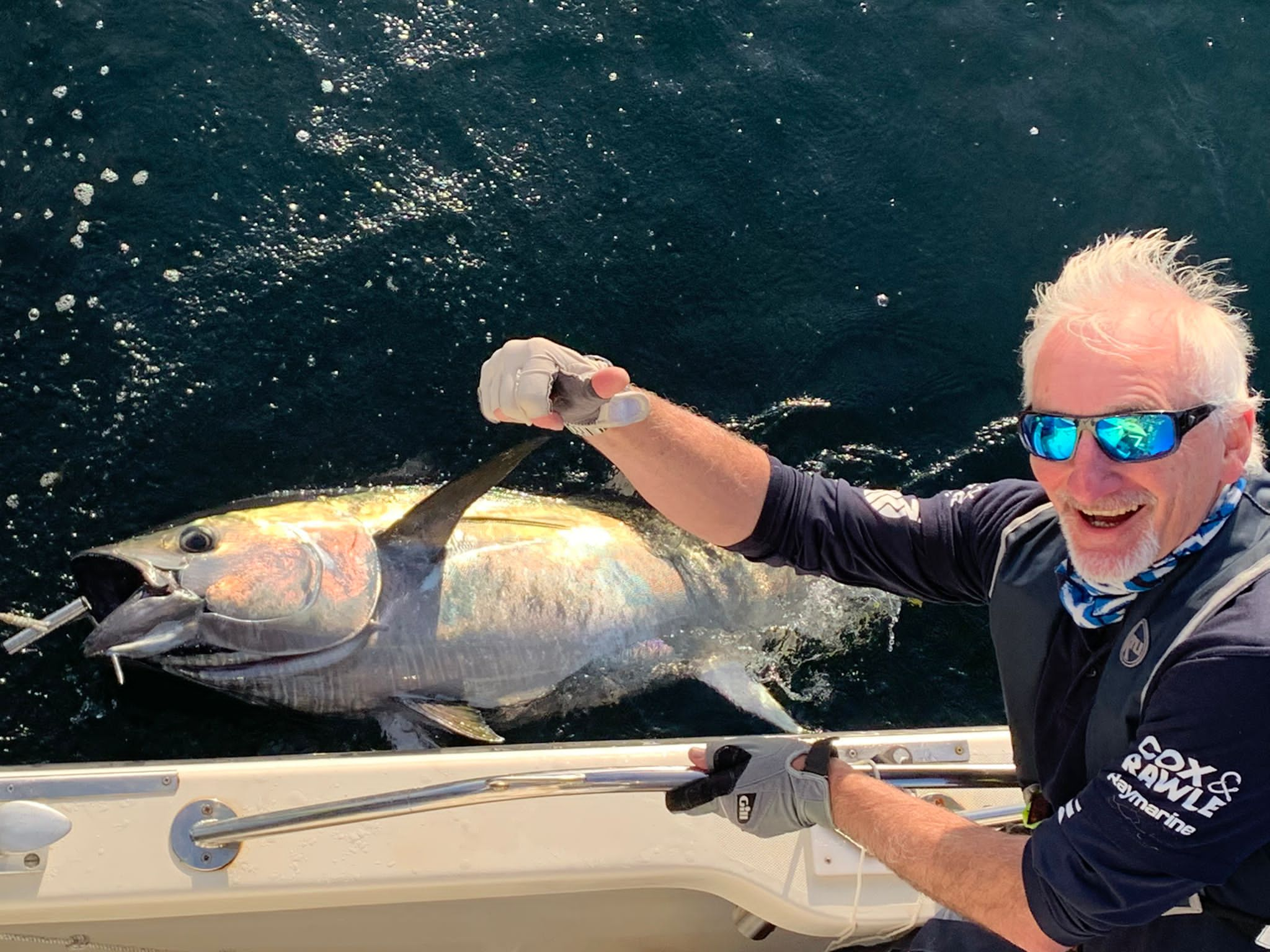
As a historical record shows, we’ll ruin this like everything else. The Tuna are here because at the moment the conditions are right. They’ll move away when we start getting them to eject enough stress chemicals into the water. All fish do it. It would be nice to put a well managed, restricted quota on them, which is well policed, with hefty actions for cheats. But as the pathetically under active systems we use prove time and again, it will fail for fear of upsetting someone.
I enjoyed a day tuna fishing from looe with Dan Margetts on Wednesday 3rd November. Best days fishing I’ve had in years to be honest with a group of friends. I own and run a charter boat company in North Devon and to see these tuna on our doorstep is awesome. It would generate lots of revenue for the local economy and beyond.
We run wildlife tours which would be great to take people out to watch these tuna feeding and we also have a fishing vessel so setting up a catch and release program for years to come would be great.
These tuna are in our waters so we should protect them and not let others come into our water to hoover them up to earn a quick pound. I believe the country and local economy would earn a lot more revenue through catch and release then just fishing them out.
I feel the size of this stock is yet unclear. The chart program will show the real stock with a few years of operation. I hold one of the Irish tuna chart licences on the South West of Ireland and the huge influx of fish we saw last year has as of yet failed to show this year. 2019 saw very small numbers here then great numbers in 2020. This year with increased effort we have very small numbers which seems to point at fact that the stock of fish currently seen on the south west of the UK is not extending across the western approaches.